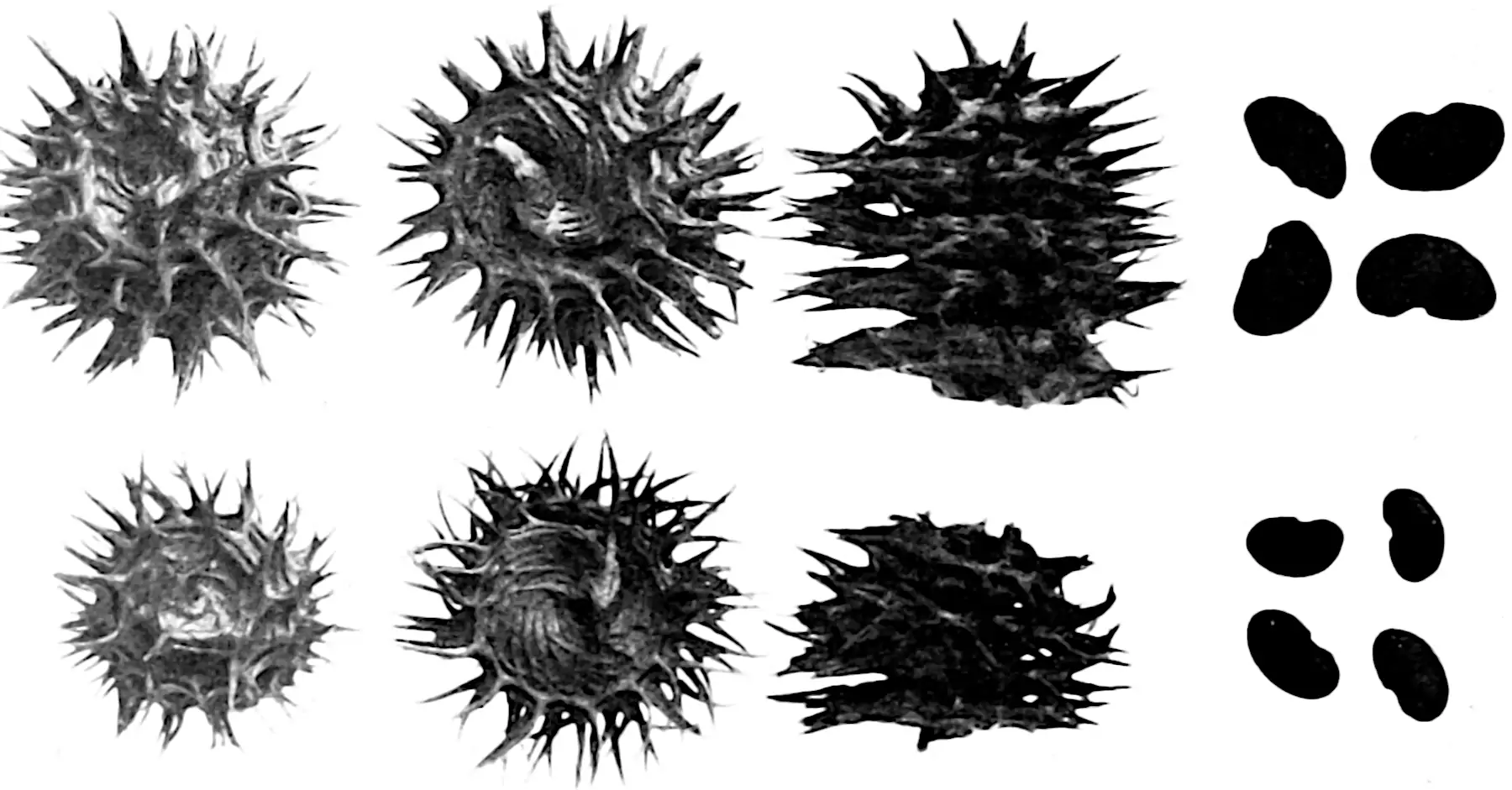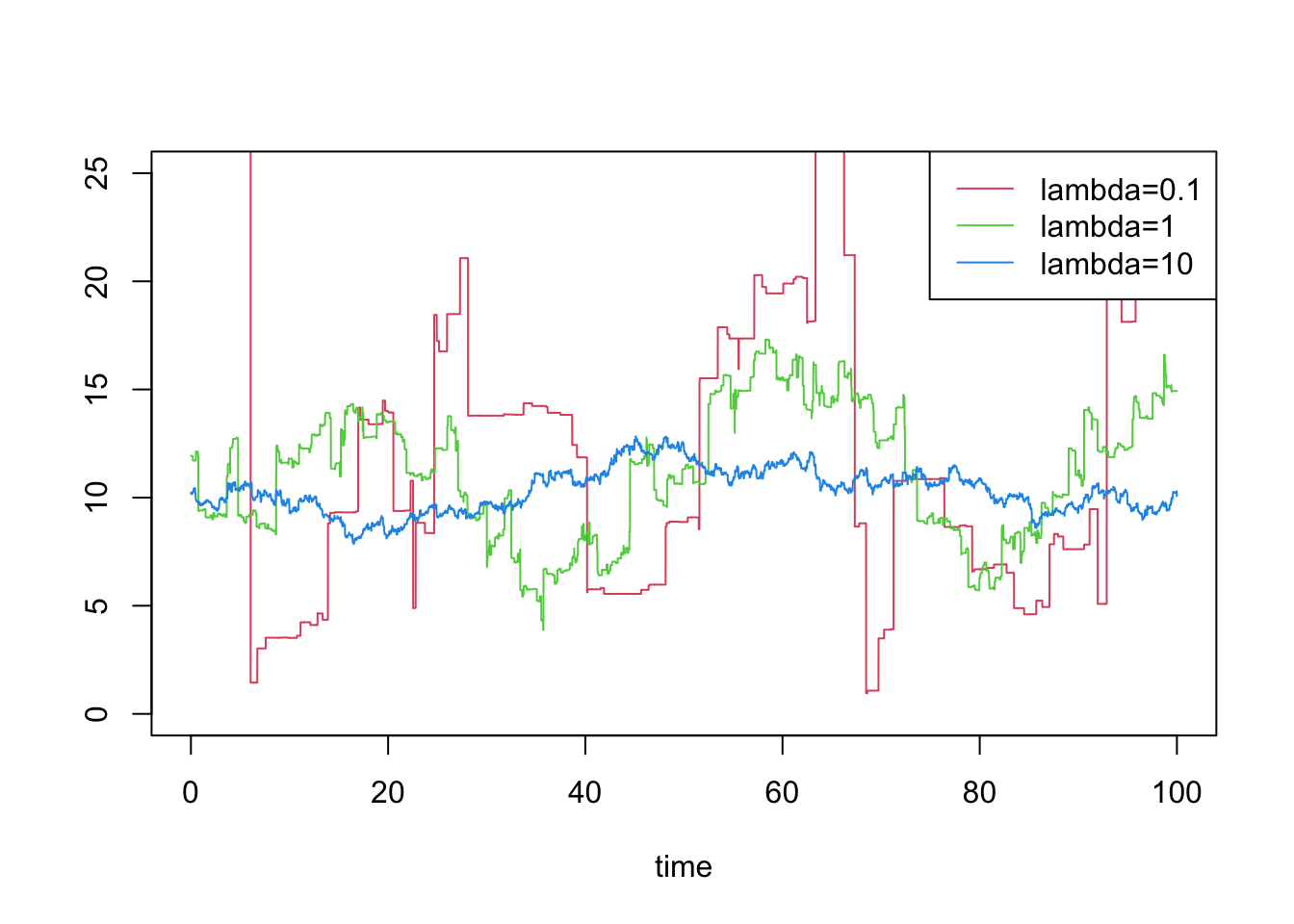———. 2009. Lévy Processes and Stochastic Calculus. Cambridge Studies in Advanced Mathematics 116.
Asmussen, and Glynn. 2007. Stochastic Simulation: Algorithms and Analysis.
Avramidis, L’Ecuyer, and Tremblay. 2003.
“New Simulation Methodology for Finance: Efficient Simulation of Gamma and Variance-Gamma Processes.” In
Proceedings of the 35th Conference on Winter Simulation: Driving Innovation. WSC ’03.
Barndorff-Nielsen, Pedersen, and Sato. 2001.
“Multivariate Subordination, Self-Decomposability and Stability.” Advances in Applied Probability.
Bertoin. 1996. Lévy Processes. Cambridge Tracts in Mathematics 121.
———. 1999.
“Subordinators: Examples and Applications.” In
Lectures on Probability Theory and Statistics: Ecole d’Eté de Probailités de Saint-Flour XXVII - 1997. Lecture Notes in Mathematics.
Bondesson. 2012. Generalized Gamma Convolutions and Related Classes of Distributions and Densities. Lecture Notes in Statistics 76.
Chaumont, and Yor. 2012. Exercises in Probability: A Guided Tour from Measure Theory to Random Processes, Via Conditioning.
Çinlar. 1980.
“On a Generalization of Gamma Processes.” Journal of Applied Probability.
Connor, and Mosimann. 1969. “Concepts of Independence for Proportions with a Generalization of the Dirichlet Distribution.” Journal of the American Statistical Association.
Émery, and Yor. 2004.
“A Parallel Between Brownian Bridges and Gamma Bridges.” Publications of the Research Institute for Mathematical Sciences.
Figueroa-López. 2012.
“Jump-Diffusion Models Driven by Lévy Processes.” In
Handbook of Computational Finance.
Foti, Futoma, Rockmore, et al. 2013.
“A Unifying Representation for a Class of Dependent Random Measures.” In
Artificial Intelligence and Statistics.
Gourieroux, and Jasiak. 2006.
“Autoregressive Gamma Processes.” Journal of Forecasting.
Griffiths, and Ghahramani. 2011.
“The Indian Buffet Process: An Introduction and Review.” Journal of Machine Learning Research.
Grunwald, G K, Hyndman, and Tedesco. 1996. “A Unified View of Linear AR(1) Models.”
Grunwald, Gary K., Hyndman, Tedesco, et al. 2000.
“Theory & Methods: Non-Gaussian Conditional Linear AR(1) Models.” Australian & New Zealand Journal of Statistics.
Hackmann, and Kuznetsov. 2016.
“Approximating Lévy Processes with Completely Monotone Jumps.” The Annals of Applied Probability.
Kingman. 1992. Poisson Processes.
Kyprianou. 2014. Fluctuations of Lévy Processes with Applications: Introductory Lectures. Universitext.
Lalley. 2007. “Lévy Processes, Stable Processes, and Subordinators.”
Lawrence, and Urtasun. 2009.
“Non-Linear Matrix Factorization with Gaussian Processes.” In
Proceedings of the 26th Annual International Conference on Machine Learning. ICML ’09.
Lefebvre. 2007.
Applied Stochastic Processes. Universitext.
Lin. 2016. “On The Dirichlet Distribution.”
Liou, Su, Chiang, et al. 2011.
“Gamma Random Field Simulation by a Covariance Matrix Transformation Method.” Stochastic Environmental Research and Risk Assessment.
Lo, and Weng. 1989.
“On a Class of Bayesian Nonparametric Estimates: II. Hazard Rate Estimates.” Annals of the Institute of Statistical Mathematics.
Mathai. 1982.
“Storage Capacity of a Dam with Gamma Type Inputs.” Annals of the Institute of Statistical Mathematics.
Mathai, and Moschopoulos. 1991.
“On a Multivariate Gamma.” Journal of Multivariate Analysis.
Mathai, and Provost. 2005.
“Some Complex Matrix-Variate Statistical Distributions on Rectangular Matrices.” Linear Algebra and Its Applications, Tenth Special Issue (Part 2) on Linear Algebra and Statistics,.
Moschopoulos. 1985.
“The Distribution of the Sum of Independent Gamma Random Variables.” Annals of the Institute of Statistical Mathematics.
Pérez-Abreu, and Stelzer. 2014.
“Infinitely Divisible Multivariate and Matrix Gamma Distributions.” Journal of Multivariate Analysis.
Pfaffel. 2012.
“Wishart Processes.” arXiv:1201.3256 [Math].
Polson, Scott, and Windle. 2013.
“Bayesian Inference for Logistic Models Using Pólya–Gamma Latent Variables.” Journal of the American Statistical Association.
Rao, and Teh. 2009. “Spatial Normalized Gamma Processes.” In Proceedings of the 22nd International Conference on Neural Information Processing Systems. NIPS’09.
Roychowdhury, and Kulis. 2015.
“Gamma Processes, Stick-Breaking, and Variational Inference.” In
Artificial Intelligence and Statistics.
Rubinstein, and Kroese. 2016. Simulation and the Monte Carlo Method. Wiley series in probability and statistics.
Sato. 1999. Lévy Processes and Infinitely Divisible Distributions.
Semeraro. 2008.
“A Multivariate Variance Gamma Model for Financial Applications.” International Journal of Theoretical and Applied Finance.
Shah, Wilson, and Ghahramani. 2014.
“Student-t Processes as Alternatives to Gaussian Processes.” In
Artificial Intelligence and Statistics.
Shaked, and Shanthikumar. 1988.
“On the First-Passage Times of Pure Jump Processes.” Journal of Applied Probability.
Singpurwalla, Nozer. 1997.
“Gamma Processes and Their Generalizations: An Overview.” In
Engineering Probabilistic Design and Maintenance for Flood Protection.
Singpurwalla, Nozer D., and Youngren. 1993.
“Multivariate Distributions Induced by Dynamic Environments.” Scandinavian Journal of Statistics.
Tankov, and Voltchkova. n.d. “Jump-Diffusion Models: A Practitioner’s Guide.”
Thibaux, and Jordan. 2007.
“Hierarchical Beta Processes and the Indian Buffet Process.” In
Proceedings of the Eleventh International Conference on Artificial Intelligence and Statistics.
Tracey, and Wolpert. 2018.
“Upgrading from Gaussian Processes to Student’s-T Processes.” 2018 AIAA Non-Deterministic Approaches Conference.
van der Weide. 1997.
“Gamma Processes.” In
Engineering Probabilistic Design and Maintenance for Flood Protection.
Wilson, and Ghahramani. 2011.
“Generalised Wishart Processes.” In
Proceedings of the Twenty-Seventh Conference on Uncertainty in Artificial Intelligence. UAI’11.
Wolpert, Robert L. 2021.
“Lecture Notes on Stationary Gamma Processes.” arXiv:2106.00087 [Math].

